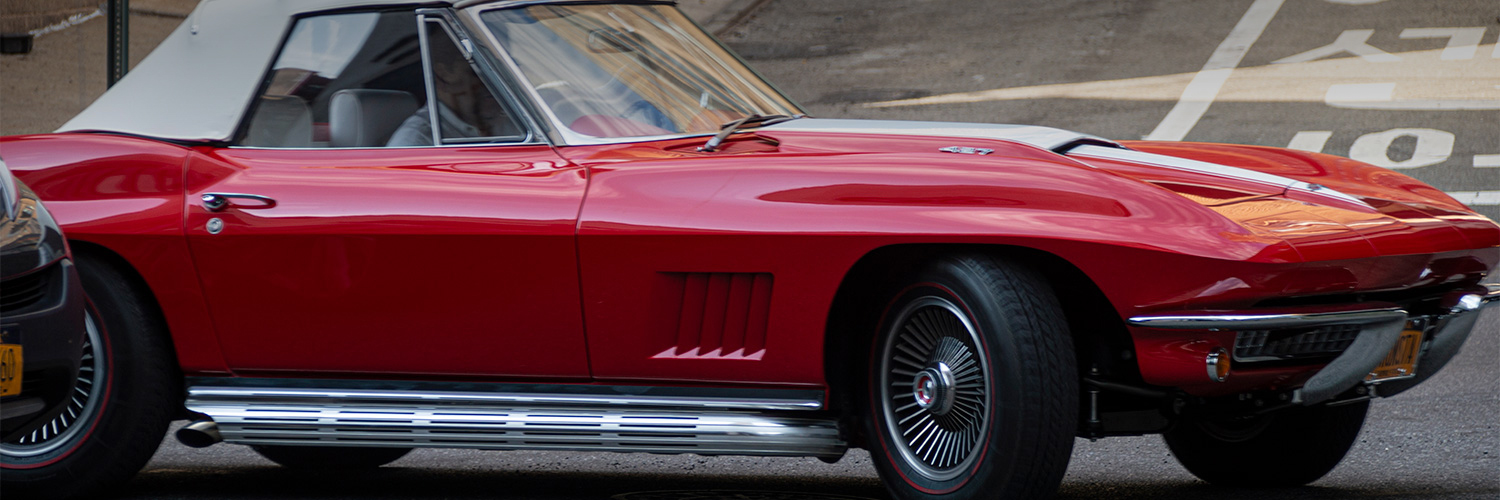
Branding 101
In a world that has become exponentially more competitive, the need to differentiate one’s business from its competitors has never been more critical.
As we walk down the aisles in the stores, every product is vying for our attention. Whether it is a new product or some new and improved whatever, a consumer’s purchase decision will often be based on branding.
What is branding? Some view it elusively; unclear as to its definition and therefore unclear as to its implementation.
Brand is derived from the Old Norse word, brandr meaning to burn. Brandr was the practice producers had of burning their mark onto their products. Closer to home, if you think of how cattle are branded, it gives you a clear sense of the initial pragmatism of branding – distinguishing one's something from another.
The American Marketing Association defines a brand as a "Name, term, design, symbol, or any other feature that identifies one seller's good or service as distinct from those of other sellers."
To exemplify, we don’t have to think twice when we see any of the following:

Through years of their consistency and ever-presence, these images are emblazoned into our consciousness. Just looking at each might evoke certain thoughts or adjectives. Apple? It works...really well!. Mercedes? In that upper crust of cars. Nike? Just Do It.
Part of the job of branding remains true to its origins; to distinguish one’s widget from the others.
But does branding end with a nice logo? With all due respect to the AMA, I venture a broader definition.
The most brilliant and concise definition of branding I ever heard was something along the lines that it is the thousands of contact points one’s business has with the world.
This refers, of course to the obvious like logos, business cards and stationery, but more broadly it includes the way the work phone is answered, the way emails are responded to, the type of mobile phone you carry, etc. Everything associated with a business is a reflection of that business and it can boggle the mind when considering the possibilities.
A particular ‘corporate culture’ is an example of how a company likes to see itself and be seen...branding.
A Volvo is considered a very safe car...branding.
And when you need a bandage for a cut, regardless of what you get, you ask for a Band-Aid...branding.
Branding is as much a science as it is an art. It requires an understanding of:
-
- Your business
- Your clients
- Your marketplace
- Market trends
- ...the list goes on...
One of the most important and extensive decisions any business owner can make is that of how their company and its products will be perceived in the market.
When the consumer creates an attachment to a product, that attachment leads to product loyalty. When the consumer creates an attachment to the entire brand, it is this loyalty that creates long-term consumers. Clear and consistent branding are keystones in helping create the consumer-trust that drive increased profits.
